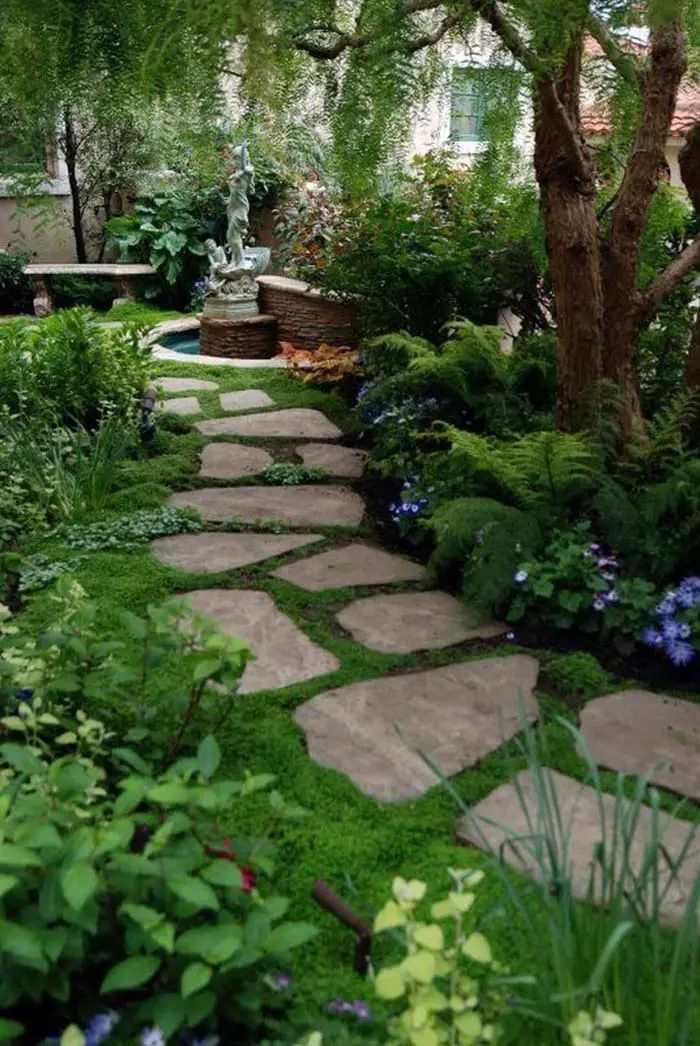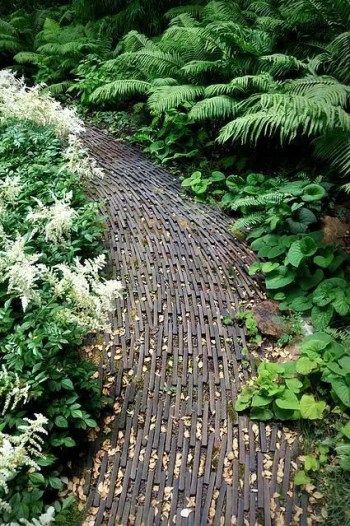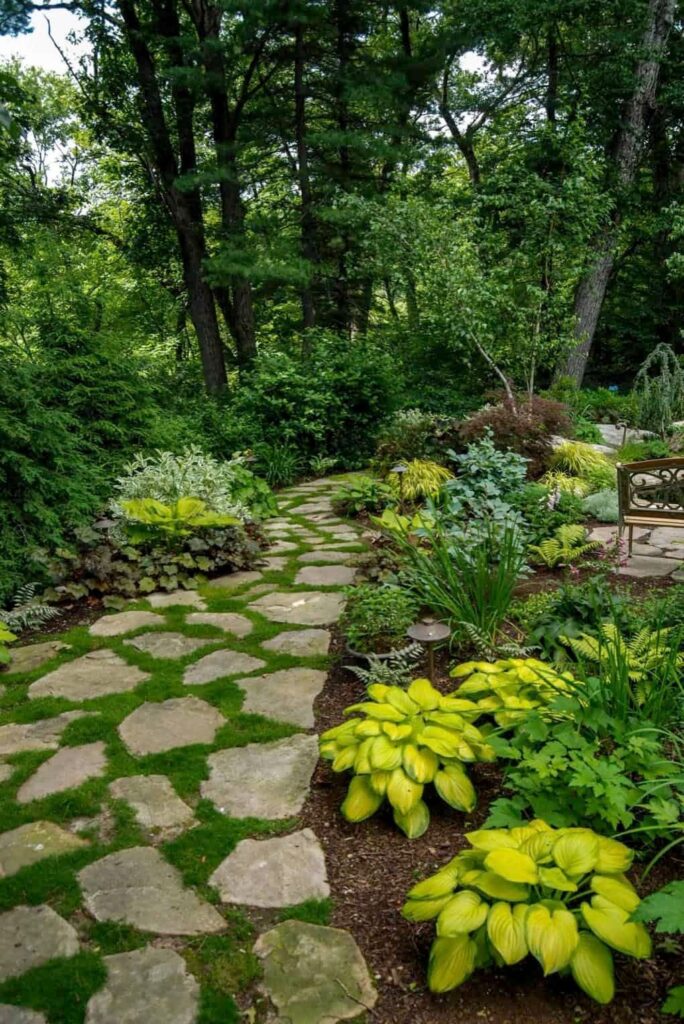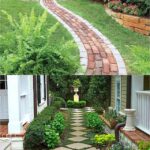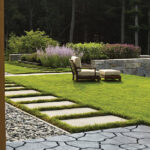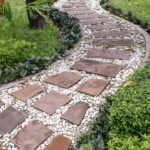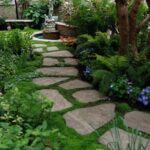Garden paths and walkways are essential elements in any outdoor space, providing both functionality and aesthetic appeal. These pathways not only allow for easy navigation through the garden but also create a sense of structure and organization within the landscape. From simple gravel paths to intricate stone walkways, there are countless options available to suit every style and budget.
One of the most popular materials for garden paths is gravel. Gravel paths are easy to install, cost-effective, and provide a rustic charm to the garden. They can be easily adjusted or rearranged to accommodate changes in the landscape, making them a versatile choice for any garden design. Additionally, gravel paths allow for good drainage and are low-maintenance, requiring only occasional raking to keep them looking neat.
For a more formal look, stone walkways are an excellent choice. Natural stone such as flagstone, slate, or bluestone can create a timeless and elegant pathway through the garden. These materials are durable and can withstand heavy foot traffic, making them a practical option for high-traffic areas. Stone walkways can be laid in various patterns, such as herringbone or basket weave, adding visual interest to the garden.
Another popular option for garden paths is brick. Brick paths lend a classic and traditional look to the garden, and their warm earthy tones complement a variety of landscaping styles. Bricks are easy to work with and can be laid in a variety of patterns, such as running bond or stacked bond, to create unique and interesting designs. With proper maintenance, brick paths can last for many years and only get better with age as they acquire a weathered patina.
Wooden walkways are another attractive option for garden paths, particularly in a more natural or rustic setting. Wood offers a warm and inviting feel to the garden and can be easily customized to fit any shape or size. While wooden walkways may require more maintenance than other materials, with regular sealing and staining, they can withstand the elements and retain their beauty for years to come. Additionally, wood paths can be easily integrated with other outdoor structures, such as decks or pergolas, to create a cohesive outdoor living space.
No matter the material or style chosen, garden paths and walkways should be designed with both function and aesthetics in mind. They should complement the overall design of the landscape while providing a safe and enjoyable way to move through the garden. By carefully selecting materials, patterns, and layouts, garden paths can enhance the beauty and functionality of any outdoor space, creating a welcoming and inviting environment for homeowners and visitors alike.
